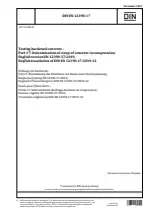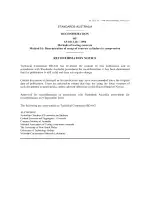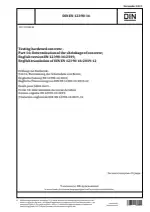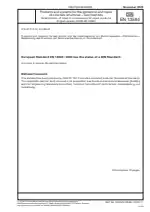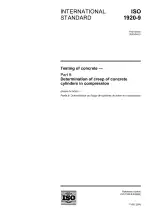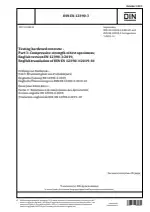Testing hardened concrete - Part 17: Determination of creep of concrete in compression
Also Known As:
The DIN EN 12390-17 standard outlines the method for determining the creep of concrete in compression. Creep refers to the deformation that occurs in concrete over time when it is subjected to sustained compressive loads. This standard provides a procedure for measuring total creep, basic creep, and drying creep of hardened concrete test specimens.
The test is applicable to concrete specimens with a maximum coarse aggregate size (Dmax) of 32 mm. It aims to assess the long-term behavior of concrete under sustained compressive stress. The standard specifies the equipment and materials required for the test, as well as the preparation of the specimens and the loading conditions.
By conducting this test, one can evaluate the creep characteristics of concrete, which are essential for designing structures with concrete elements. Understanding the creep behavior helps engineers determine the long-term behavior and durability of concrete structures, especially under sustained loads. The DIN EN 12390-17 standard provides a standardized method for conducting this test, ensuring reliable and comparable results across different laboratories and projects.
| Descriptors | Compression loading, Compressive strength, Compressive stress, Concrete structures, Concretes, Construction, Construction materials, Creep, Definitions, Determination, Elongation, Pressure, Properties, Resistance, Solid concrete, Strength tests, Test pieces, Test specimens, Testing, Expansions |
| ICS Codes | 91.100.30 - Concrete and concrete products |
| Language(s) | English |
| File Size | 1.3 MB |

